Asus Padfone Infinity review: Hands-on
The Asus Padfone Infinity is the brand's latest phone-tablet hybrid
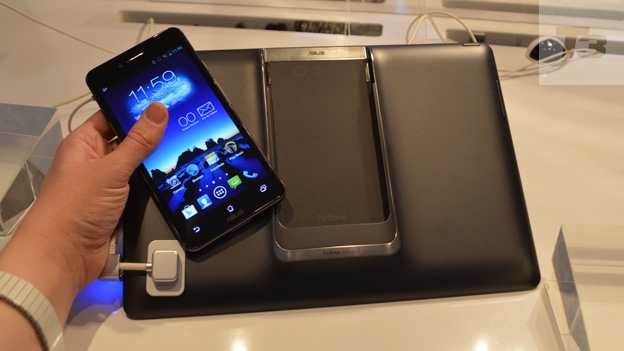
Why you can trust T3

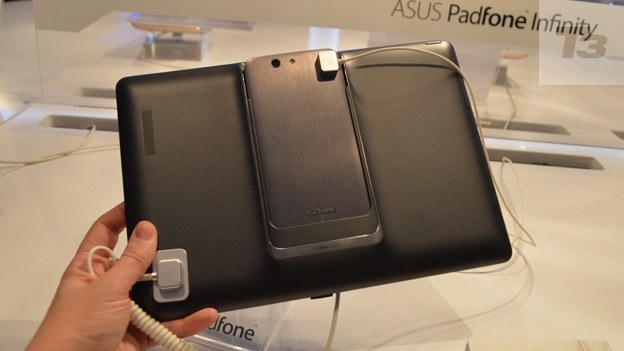
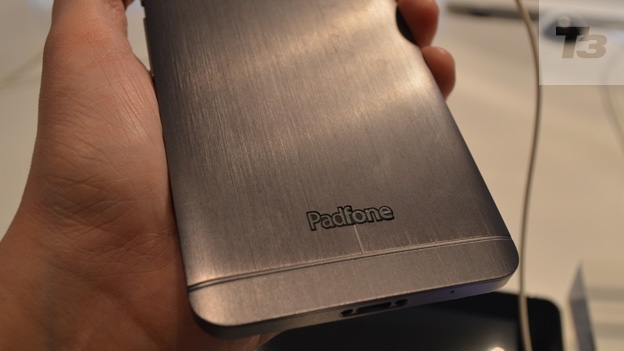
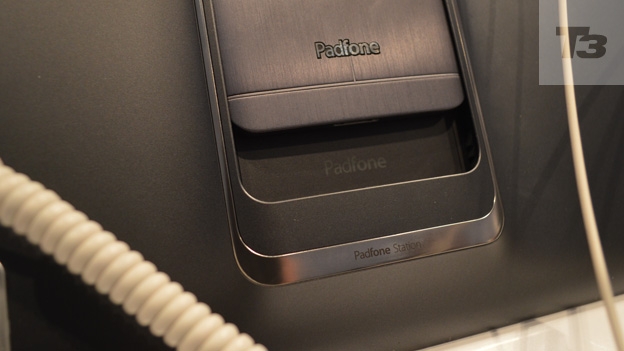
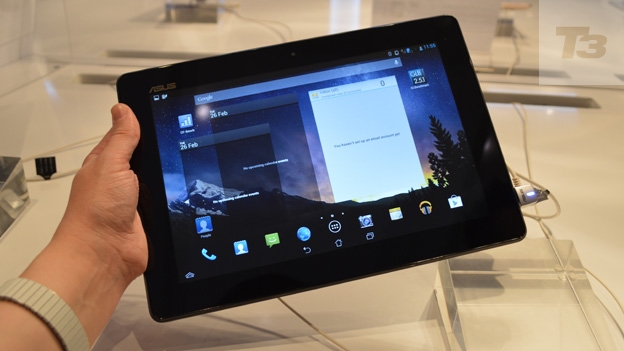
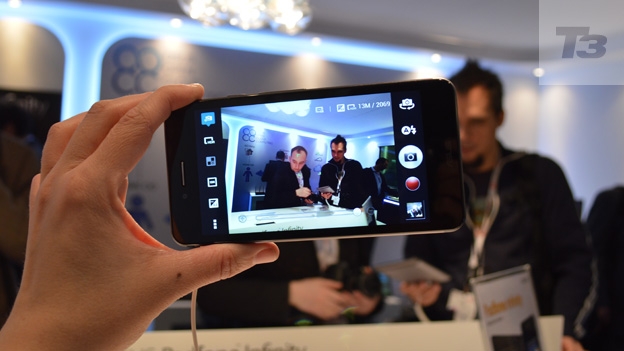
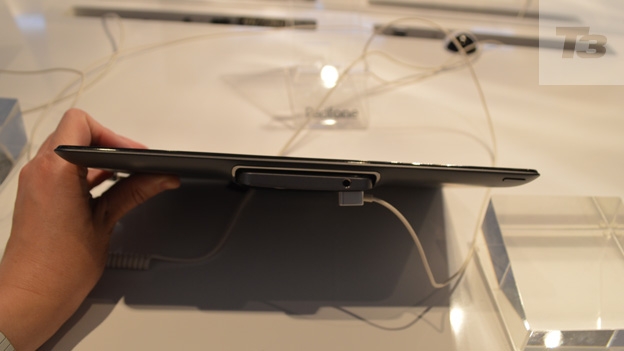
The Asus Padfone Infinity is the brand's latest smartphone-tablet hybrid, but what does it bring to the table? We went hands-on to find out...
The Asus Padfone Infinity was launched alongside the Asus Fonepad at the MWC show in Barcelona and is the brand's third-gen smartphone-tablet hybrid.
The original Asus Padfone never made it to UK shores, but the company has just announced that the much-anticipated Asus Padfone 2 is now available to pre-order and will be available to buy in March 2013. The Padfone Infinity is then due to follow in April (though we suspect that date may well get pushed back).
The new device uses the same form factor as the first two models - an Android 4.2 Jelly bean-toting smartphone than can be used on its own or housed in the back of the tablet docking station. The tablet can't be used without the phone docked as all the technical wizardry is housed in the handset.
While the company is no doubt trying to tempt fans of rivals tablets such as the iPad 4, Sony Xperia Tablet S and Samsung Galaxy Note 10.1, the Padfone doesn't really have a direct foe as there's nothing else like it around.
Asus Padfone Infinity: Size and build
The Padfone weighs in at a relatively hefty 530g (plus the 141g of the phone itself) so it can't really be described as a lightweight device. The 264.6 x 181.6 x 10.7mm dimensions also mean that it's not the most svelte tablet around, but then that's understandble when you consider that it's big enough to house a smartphone. We found is quite heavy to hold in our limited time with the product.
The Padfone sports a unibody frame crafted from an aerospace-grade aluminium alloy and features a brushed metal finish, for a premium look. The Padfone logo on the back functions as an NFC antenna.
Asus Padfone Infinity: Features
The rear-facing camera has a 13MP sensor along with a large f/2.0 aperture, which should mean that it performs well on low light pictures. It also enables full HD video capture at 30fps and can take 100 shots at a burst rate of 8fps.
The Padfone Infinity runs on the quad-core Qualcomm Snapdragon 600 processor, which clocks in at 1.7GHz. According to Asus, the phone will offer around 19 hours of talktime on 3G and 9 hours of video, while the addition of the tablet battery pack will boost it to 57 hours of 3G and 27 hours of video. We look forward to testing out those claims.
Asus Padfone Infinity: Screen
The handset sports a 5-inch screen with a 1920x1080-pixel resolution with a density of 441PPI. The tablet has a resolution of 1920x1200 pixels with a density of 244PPI.
Both the phone and the tablet also sport a fingerprint-proof coating, says Asus, although we couldn't see any evidence of that on the model that we looked at which was completely covered with the smudgy fingerprints of grubby tech journalists.
Asus Padfone Infinity: Verdict
Like its predecessors, the Padfone Infinity is a compelling product, but it's difficult to say whether it will prove to be a hit. However, the idea of one data plan for two products is appealing, and the phone looks good as a standalone product. We'll bring you a full review as soon as we can get our hands on a finished product.
Asus Padfone Infinity release date: April 2013
Asus Padfone Infinity price: Expected to be £800
Sign up to the T3 newsletter for smarter living straight to your inbox
Get all the latest news, reviews, deals and buying guides on gorgeous tech, home and active products from the T3 experts
-
 Three exercises to 'life-proof' your shoulders, according to a mobility expert
Three exercises to 'life-proof' your shoulders, according to a mobility expertHealthy shoulders mean better movement, more strength and less injury
By Bryony Firth-Bernard Published
-
 Coleman takes on YETI with lighter, tougher and cheaper Pro Cooler range
Coleman takes on YETI with lighter, tougher and cheaper Pro Cooler rangeMove over, YETI – there’s a new cooler in town, and it's not here to play nice
By Matt Kollat Published
-
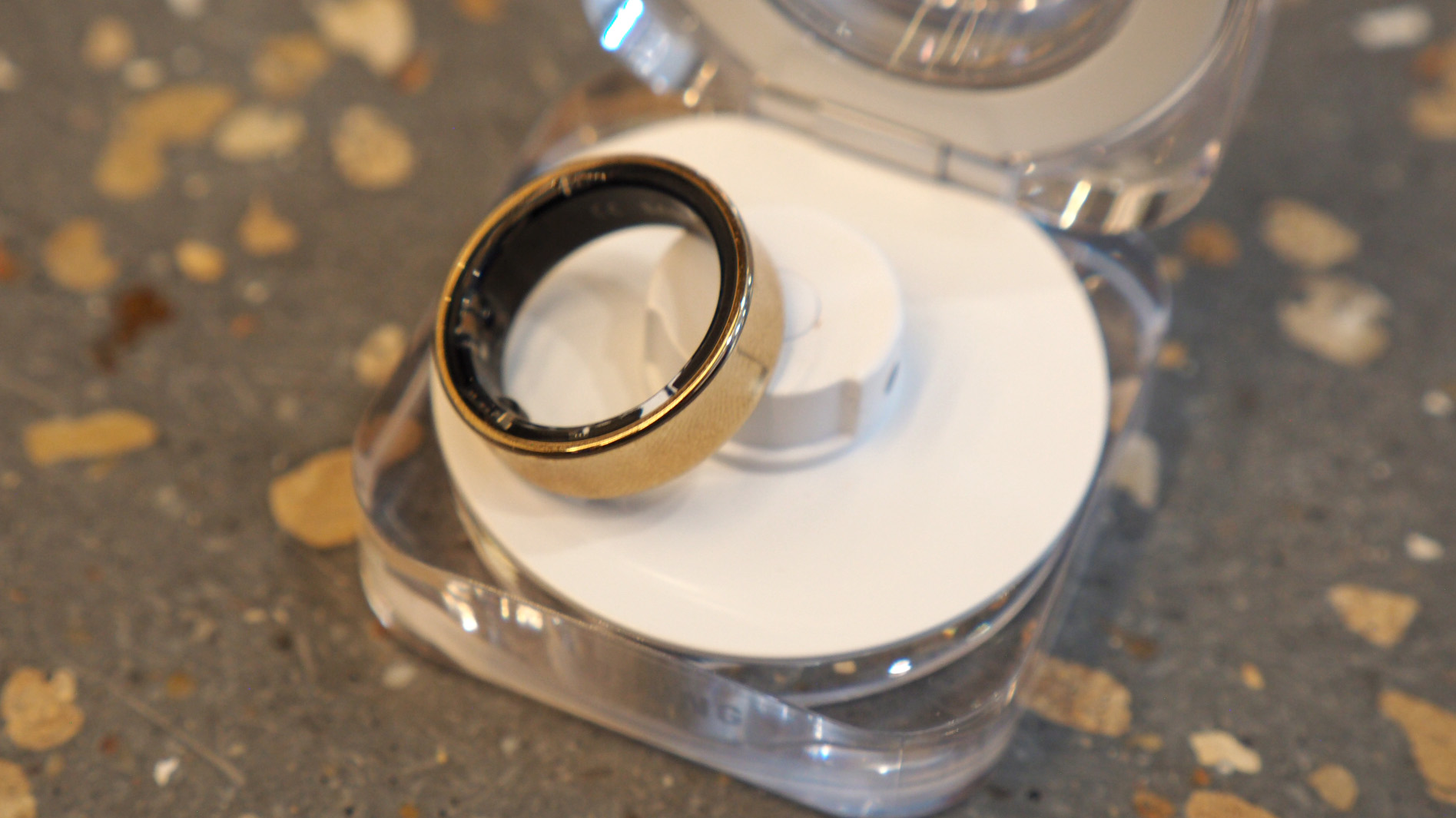 In the future, you might never have to take off your Galaxy Ring to charge it
In the future, you might never have to take off your Galaxy Ring to charge itA newly uncovered patent reveals Samsung is working on a wearable charger for its Galaxy Ring, and it makes a lot of sense
By Matt Kollat Published